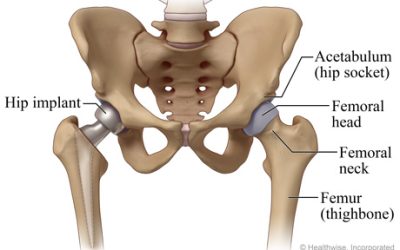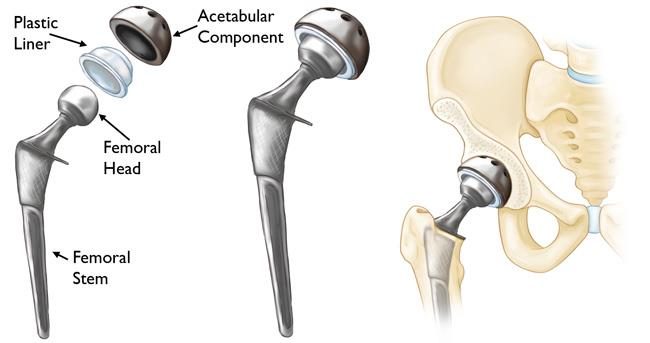Hip
Replacement Surgery
When the other therapies, such as pain medications; have failed, hip replacement surgery is usually the answer. If you experience severe pain, loss of motion or deformity of your hip joint, unable to do your activities of daily living; and the non-operative methods have not yielded the desired results; you may require hip replacement surgery.

In a total hip replacement surgery, the painful parts of the damaged hip are replaced with artificial hip parts called prosthesis, a device that substitutes a joint. The prosthesis consists of metal components: a socket, ball, and stem. The outer shell of the socket is usually made of metal and the inner shell consists of plastic, or ceramic: or the entire socket may be plastic. Patients suffering from a variety of hip disorders are regularly treated at Shishodia Hospital. Special importance is given to thorough analysis, treatment procedure, and use of sophisticated medical equipment.

Frequently Ask Question
You can drive a four wheeler 4-8 weeks after surgery and only after consulting your surgeon.
An artificial joint can last for 10 to 15 years or even longer. However, the life span is affected by the weight of the person and by his activities. An overweight person or a person actively involved in sports can wear out the artificial joint quicker than a thin or a more sedentary person. The life of the prosthesis is also dependent upon the bearing surface which is chosen. The ceramic bearing surface is at present the best as it has a low wear rate and also the particles which are given out are inert i.e. the body shows no reaction to it. This type of the prosthesis has a life of more than 20 years to 25 years in majority of the patients.
Total hip replacement is an elective operation. The decision to have the operation is not made by the doctor, it is made by you. The doctor may recommend the operation, but your decision must be based on the problems faced by you versus the benefit you are going to get after surgery.
Yes, one requires external support aids for 3-6 weeks after the operation. These walking aids are discarded in due course of time once muscle control improves.
If routine activities like getting dressed or walking are being difficult to perform, it may be time to consider a hip replacement surgery. In today’s fast changing world, the patient at times chooses the hip replacement if he or she finds that the arthritic hip is coming in the way of attaining the goals of life in personal, professional and family matters. Doctors generally try to delay total hip replacement for as long as possible in favour of less invasive treatments. However, in patients with advanced joint disease, hip replacement offers the chance for relief from pain and a return to normal activities.
Generally patients have to spend maximum 3 to 5 days in the hospital after hip replacement surgery. Full recovery takes about 3 to 6 months; however, it depends on the type of surgery, your overall health, and your own participation in the success of your rehabilitation.
Please remember that you make your joint move around. The target is to have a good strength in the patient to allow for desired walking and other activities. For this a scheduled and proactive exercise schedule should be followed.